2 and 1/2 Months at NUS (Actually 3)
Published:
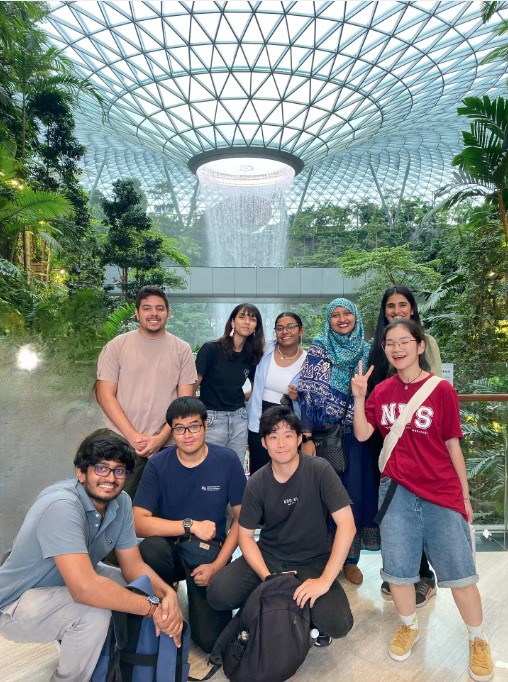
2 and 1/2 Months at NUS (Actually 3 Months)
As a Sri Lankan arriving in Singapore, one of the first things that strikes you is how well clean the city is. It leaves an impression that sticks to you throughout your stay, it shows the country’s commitment to order and tidiness. Over the course of 2-3 months, I realized that tidiness in Singaporeans isn’t just about maintaining cleaner physical spaces but more deeply ingrained in the mindset of its people. (Though, Don’t start from Little India, it might give a slightly different vibe!)
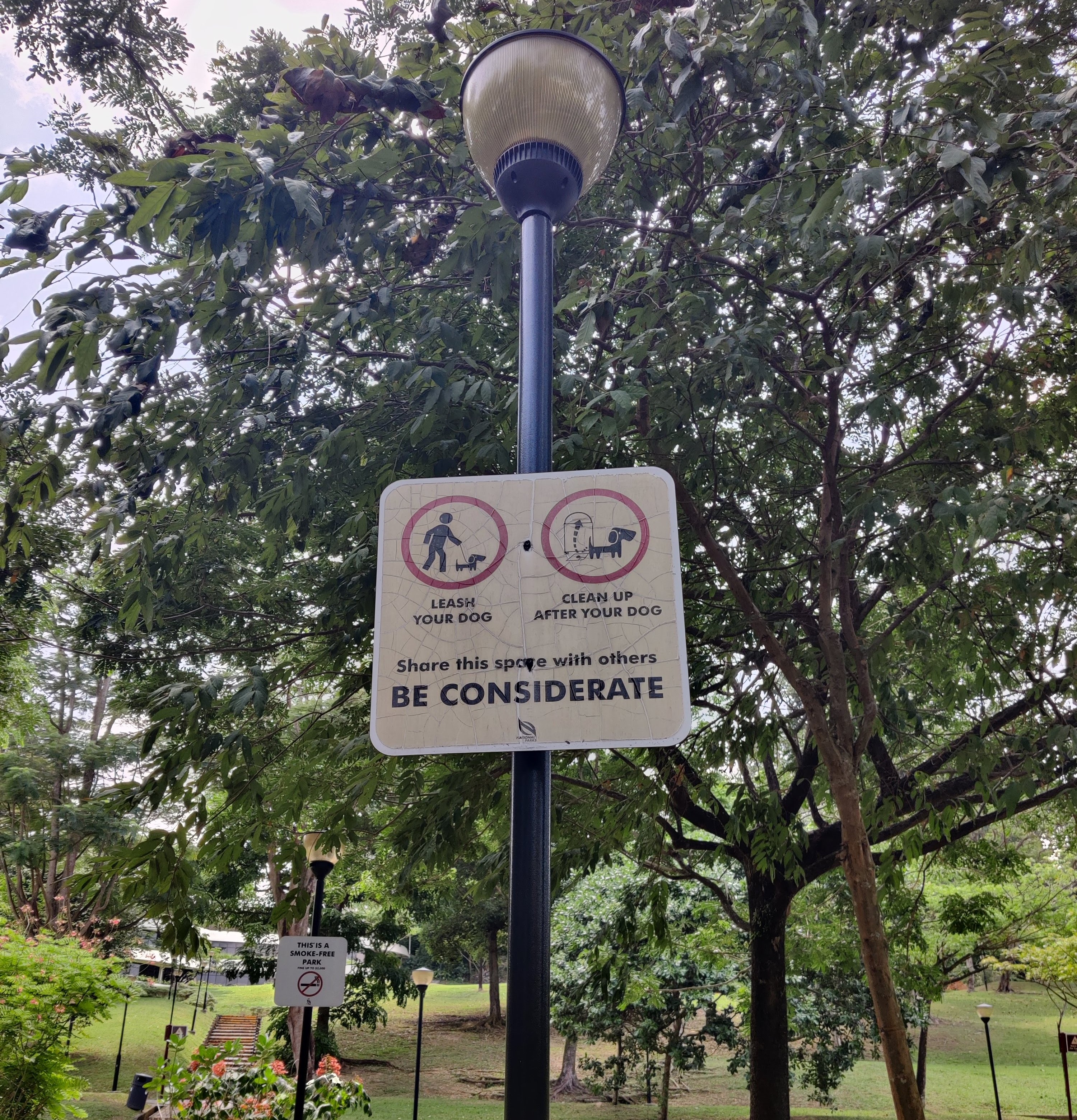
Block 657B Jurong West St 65
Housing in Singapore is notoriously expensive, and a significant portion of my stipend, 2/3 went towards a rental room for three months. Fortunately, my landlord was generous enough to include laundry services and light cooking in the arrangement, though I didn’t cook much. Interestingly, neither do most Singaporeans, they tend to rely on takeaways from Hawker centers (which I will talk in detail in Food Culture)
Most apartments in Singapore don’t come equipped with cookers or gas lines, making it tricky to whip up a proper meal at home. Interestingly, the few that do often belong to Indian families, who tend to prefer cooking their own meals. Thankfully, my place was one of the exceptions, it had a small cooker, and my landlord even provided free gas! This little setup was a lifesaver, allowing me to cook simple dishes like instant noodles and save a few bucks along the way.
Clay Pot Rice
One of my favorite after-work rituals is stopping by Jurong Point and heading up to the second floor, where you’ll find the Malaysiah Boleh Without fail, I always order their Claypot Rice, a famous Malaysian dish that’s an absolute must-try. This dish is more than just food for me; it’s a nostalgic trip back to my very first visit to Singapore in 2016. The tender marinated chicken, the crispy bits of rice at the bottom, and the rich, flavorful toppings like dried fish come together to create a comforting, homey experience that feels like a warm hug. Every bite takes me back to those early memories
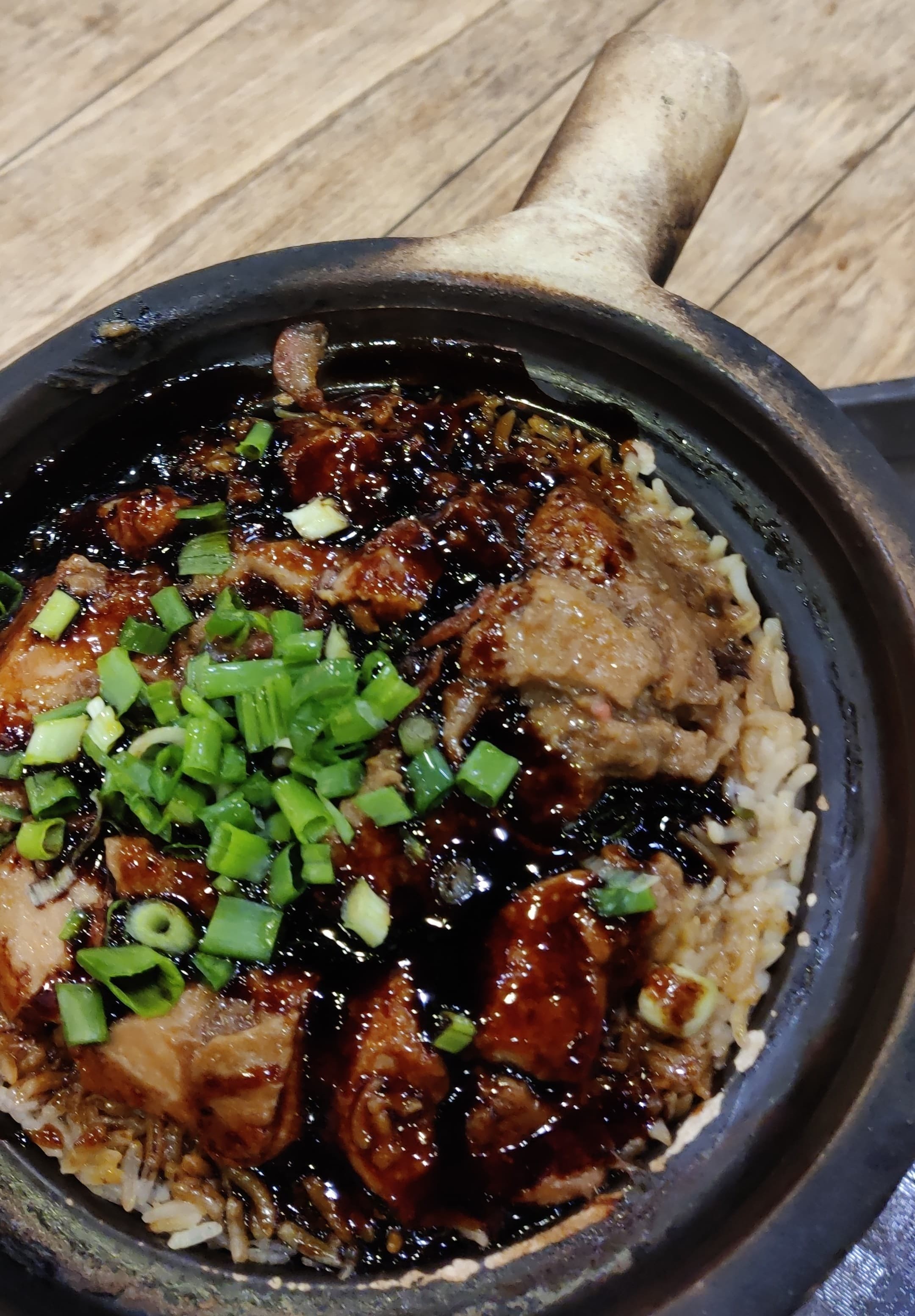
One of the most exciting aspects of Singapore is its incredibly vibrant food culture. No matter where you go, you’ll find an amazing variety of cuisines Chinese, Malaysian, Indian, Japanese, Thai, and so much more. It’s a food lover’s paradise! A unique feature of Singapore’s culinary scene is the hawker centers, which are like the heartbeat of local life. You’ll find one near almost every HDB block (similar to the food centers you might see in places like MC in Sri Lanka). These hawker centers are more than just places to eat; they’re a cultural lifeline.
Interestingly, many Singaporeans don’t cook at home often, opting instead for takeout from these centers. It’s not hard to see why life there is fast-paced, and hawker food is not only delicious but also incredibly affordable. While this trend is common among most residents, it’s worth noting that Indian families, for example, might be more likely to cook at home. But for the majority, grabbing a meal from a hawker center is just part of the everyday rhythm of life in Singapore. It’s a delicious, convenient, and budget-friendly way to enjoy some of the best food the city has to offer!
Honorouble Mentions: Jollibee Chicken
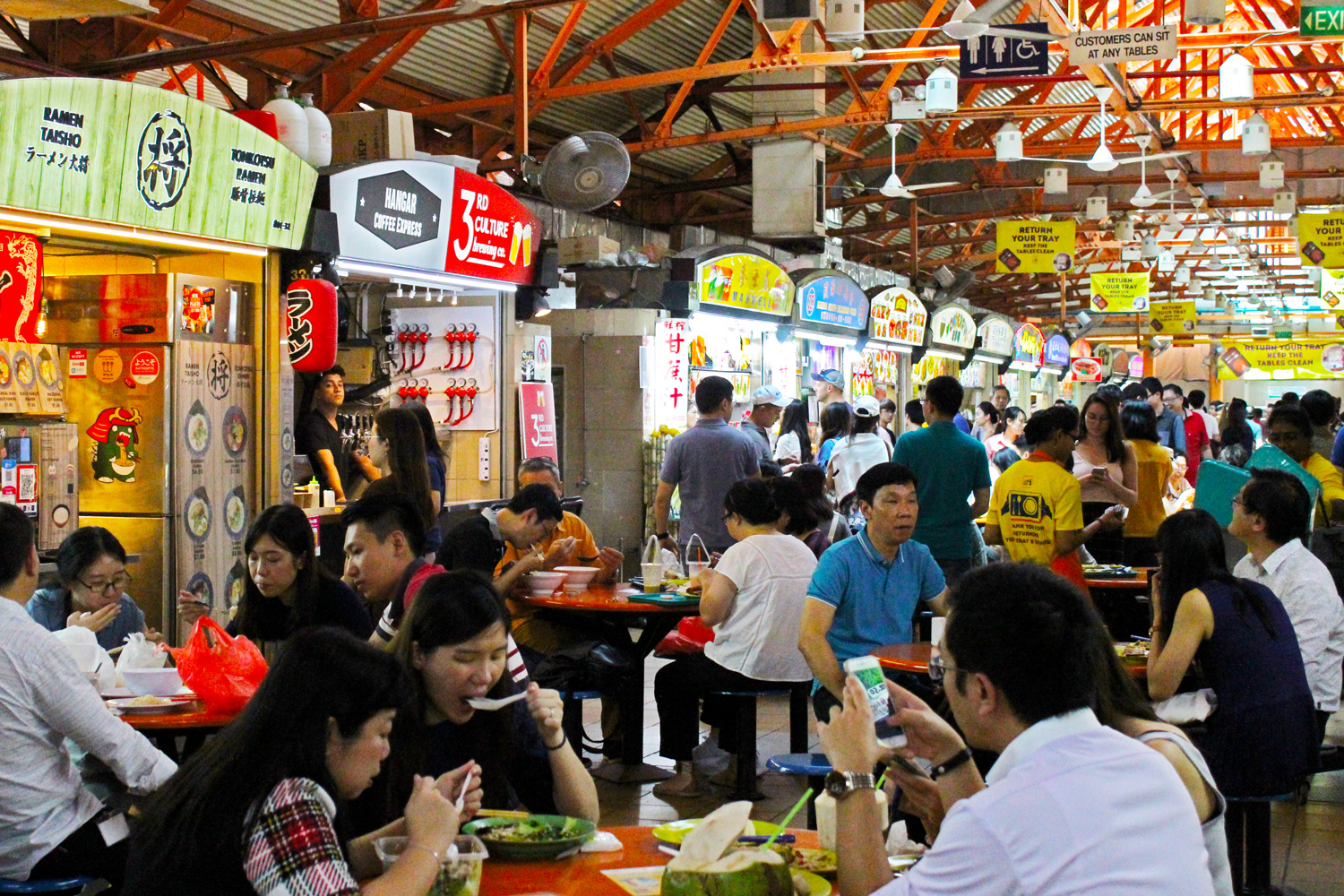
Escalators and “CHOPE”
Adapting to a culture happens quickly, especially when the country’s laws and social order are designed to emphasize it. One example for this is escalator etiquette in Singapore, people stand on the left when they’re not climbing the steps. This leaves the right side clear for those in a hurry to commute. It’s an unspoken rule in the culture. But I quickly adjusted myself to it unconciously, in fact, this practice saved me on several occasion when I’m running late to a meeting or lab work.
Another unique aspect of Singaporean culture is the concept of “CHOPE” a quirky system for reserving seats in public. To reserve a table, people leave small items, like an umbrella or even a packet of tissues, as placeholders. I’ll never forget one particular incident when I unknowingly sat at a table with an umbrella, assuming it had been forgotten. Moments later, a couple of girls arrived with food trays in hand, ready to claim their “CHOPE-D” spot. Took me a couple of minutes to understand what happened and I offered to give the table back, but they kindly refused and found another place, leaving me both amused and a bit embarrassed by the encounter.
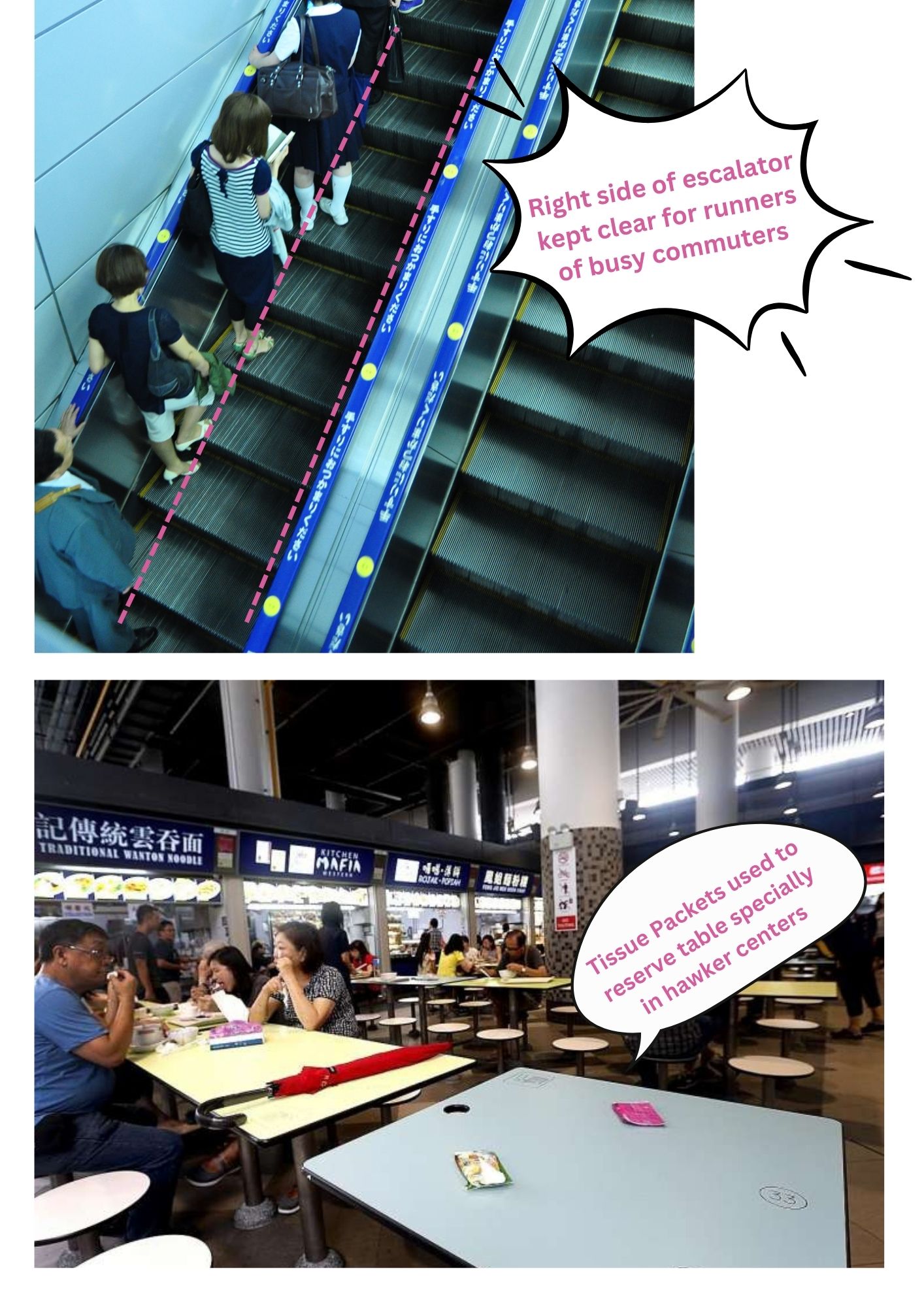
These were just a few aspects of Singaporean culture that intrigued me. There are also other etiquettes similar to those found in many countries. For instance, speaking loudly in public is generally frowned upon, as it’s considered disruptive. Tipping isn’t a common practice in Singapore, which might come as a surprise to visitors used to tipping customs elsewhere specially in west.
Jurong West —> Kent Ridge MRT —> Computing Drive
At the time of writing this I’m back at Sri Lanka and the biggest miss is the Public Transportation. I remember the time i spent commuting from Jurong West to SOC was so in synch after few weeks I was able to travel that 20km without even lifting up my eyes from phone (which I’m not proud but i’ll take that over crowded Sri Lankan train any day). During rush hour, the level of synchronization among commuters is remarkable. If you take the 7:02 train from Jurong West every day and board the same coach, you’ll start recognizing familiar faces regulars who share the same routine on their way to work.
There’s an almost serene quietness during train commutes. No chatter, no loud conversations, everyone is polite and mindful of others or stucked to their phone screen with earbuds. Even those traveling with someone speak in hushed tones. The only sounds that break the silence are the automated train announcements and the rhythmic noise of the wheels on the tracks. I never worry about missing my train since most of the routes have MRT’s availble in 3 min interval. Big NO NO on eating in buses or trains due to hefty fines.